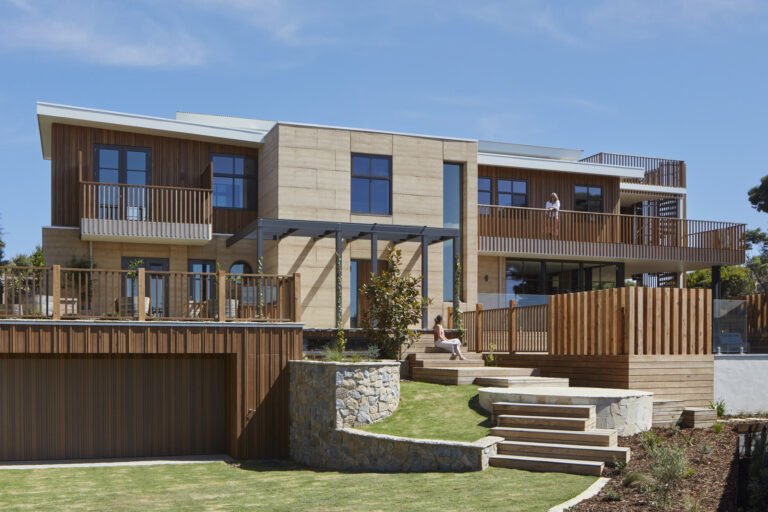How to Design a Sidewalk? The Key Role of Street Furniture
How to Design a Sidewalk? The Key Role of Street Furniture

If the pavement of a sidewalk is a key element for the flow organization, the urban furniture chosen to compose the public space is responsible for the qualification of the place, creating more friendly spaces. Dumpsters, flowerbeds, signposts, benches, lighting, bike racks and so many others help transform a space that, despite being just a pass-through, is also the only public space in most cities.
The urban fabric as we know it today has the main land use in private lots, so that streets and public areas fill the remaining space between these lots. In some cities where urban planning has managed to guarantee a designed territory, public spaces are more generous, with parks and squares spread across allotted areas. In other cities, characterized by highways, the streets are primarily designed to meet the needs of cars, causing few generous collective areas. Over time, society has understood the importance of qualifying available public spaces, with sidewalks being the most abundant of them.
Urban furniture, used to qualify collective spaces, consists of equipment and objects available for use by the population or to support the city’s services, meeting the demands of collective life. To organize the flow and indicate the rules of a given place, the city needs general signs such as traffic lights, signs and informational totems. To ensure cleanliness, trash cans are needed, and streetlights are needed to illuminate the roads at night. On sidewalks, where space is more scarce and crowded than in squares and parks, the furniture adapts to the different possible configurations.

While the material may vary, being mainly made of concrete and steel, urban furniture must be easy to maintain and highly durable, as well as being positioned out of the way of people walking on the sidewalk. Without interfering with the flow of passers-by, they are left with the lane closest to the front of the lots and the one closest to the streets. Some equipment is necessary for organization, such as signs, trash cans and lighting, while others are interesting to better qualify the place, offering pedestrians spaces for rest, contemplation and support, such as benches, bike racks and flowerbeds.

All of them, however, are either close to the roads, or close to the facades and shop windows, leaving the urban design to define which are the most suitable places, considering that the furniture must also be compatible with water, sewage, gas and electricity infrastructure. All of them, however, are either close to the roads, or close to the facades and shop windows, leaving the urban design to define which are the most suitable places, considering that the furniture must also be compatible with the infrastructure of water, sewage, gas and electricity. To ensure good quality sidewalks, it is essential that the architectural project takes into account the urban furniture along the façade, prioritizing the pedestrian path and ensuring lighting, shading, cleanliness, etc.

In this way, it is important to consider that the urban furniture of the sidewalks should not be secondary in the architectural project, since it is part of the communication between the building and the street. In some cases, it is possible to propose more complex structures that aim to meet the demand for collective public spaces such as squares and parks while also seeking to qualify less active spaces, such as the All Colors Sidewalk.


In addition, street furniture can also be mobile, being installed only at certain times of the day, to comply with local legislation, especially on very busy streets or sidewalks. Temporary, mobile or permanent, urban furniture helps to improve sidewalks and bring more quality of life to citizens; therefore they are a fundamental part of any good sidewalk design.







